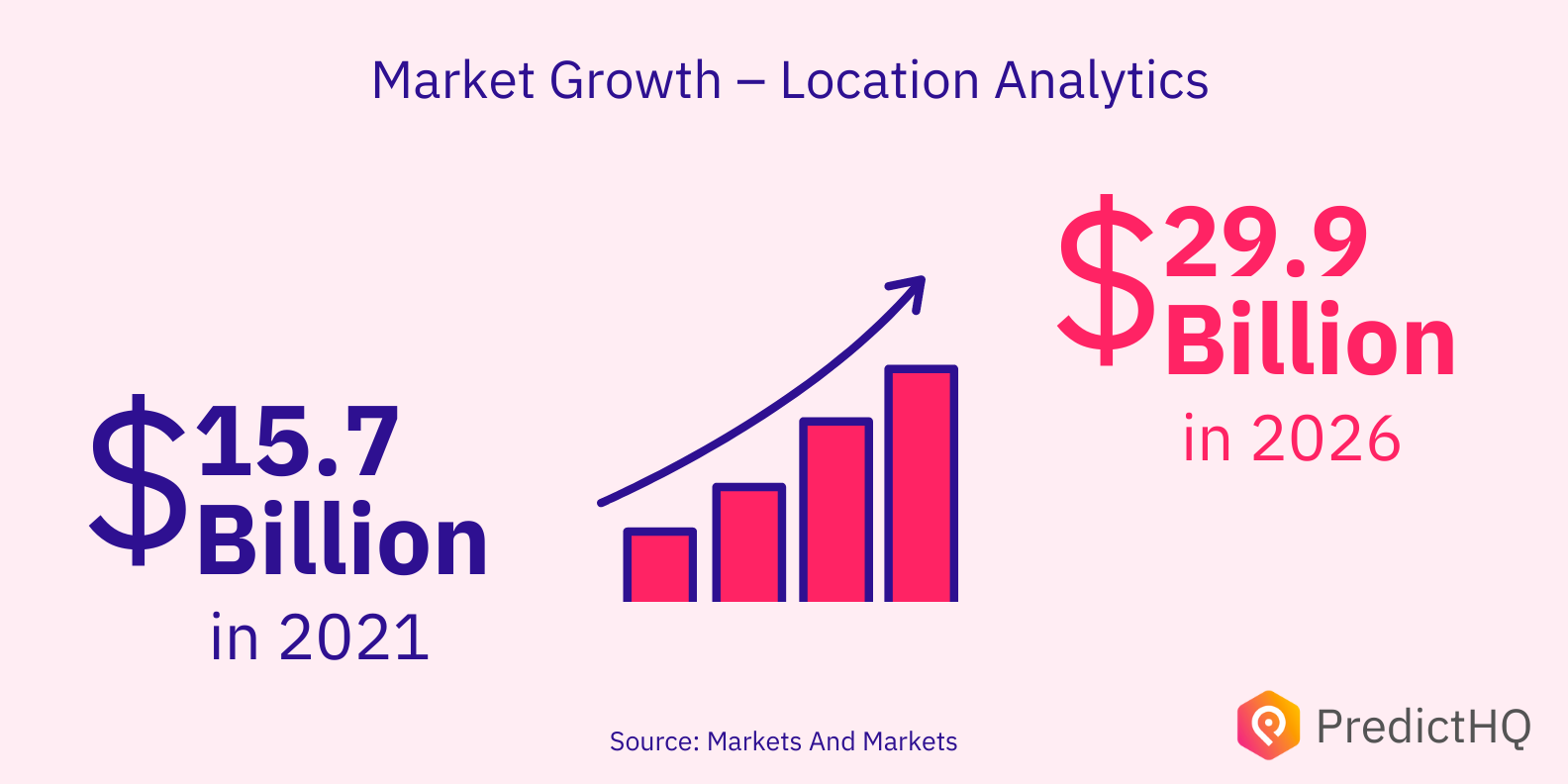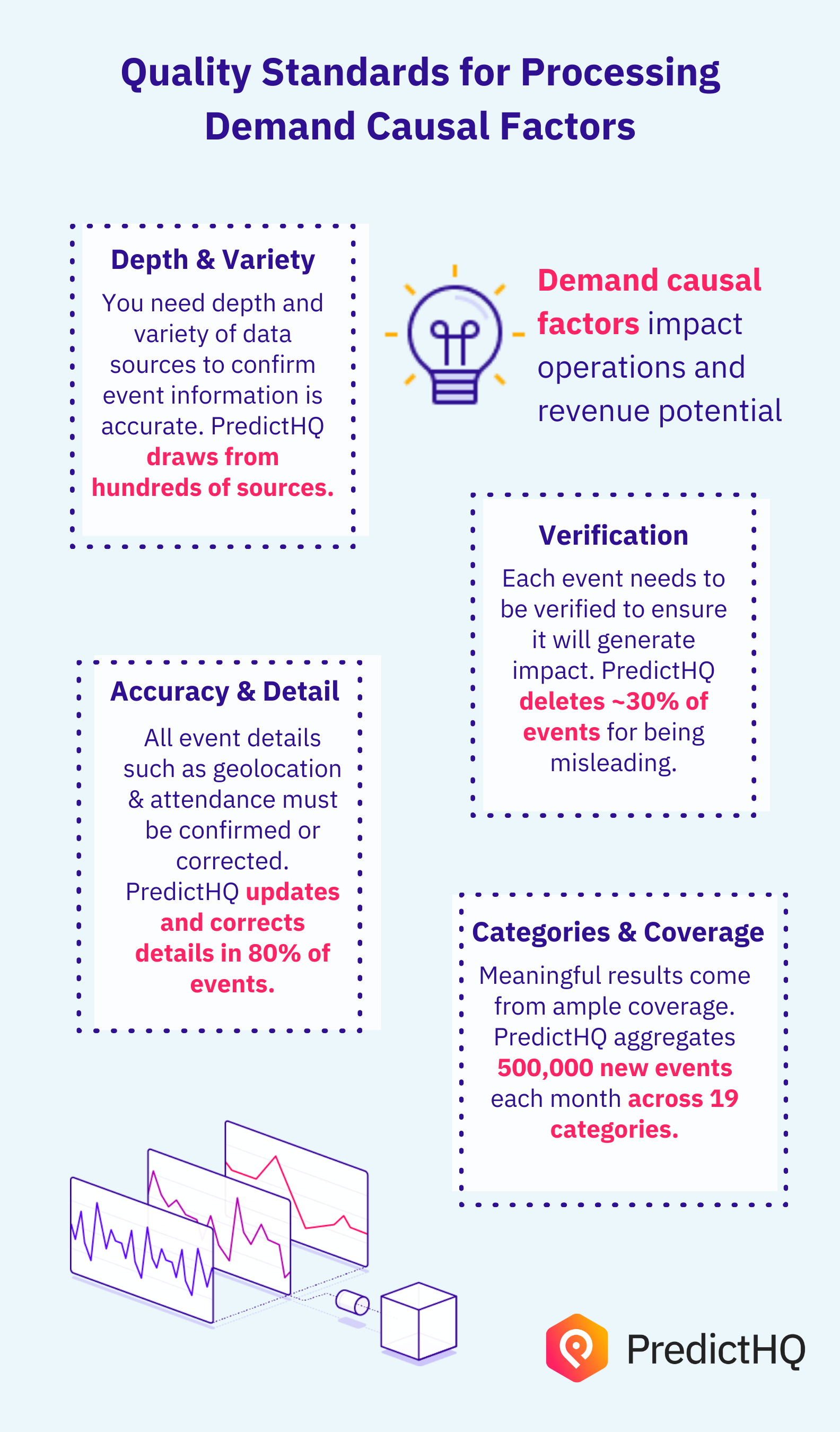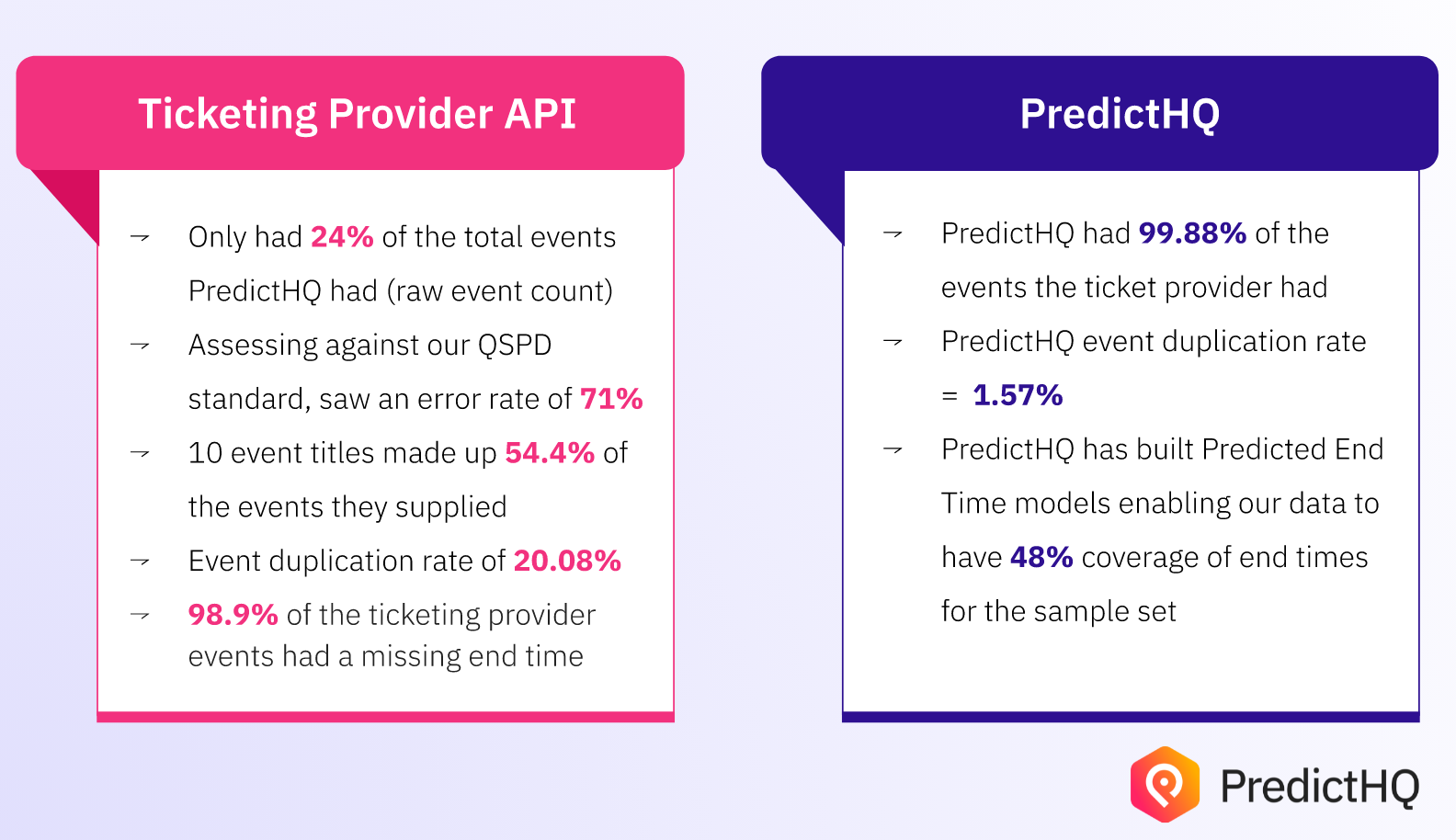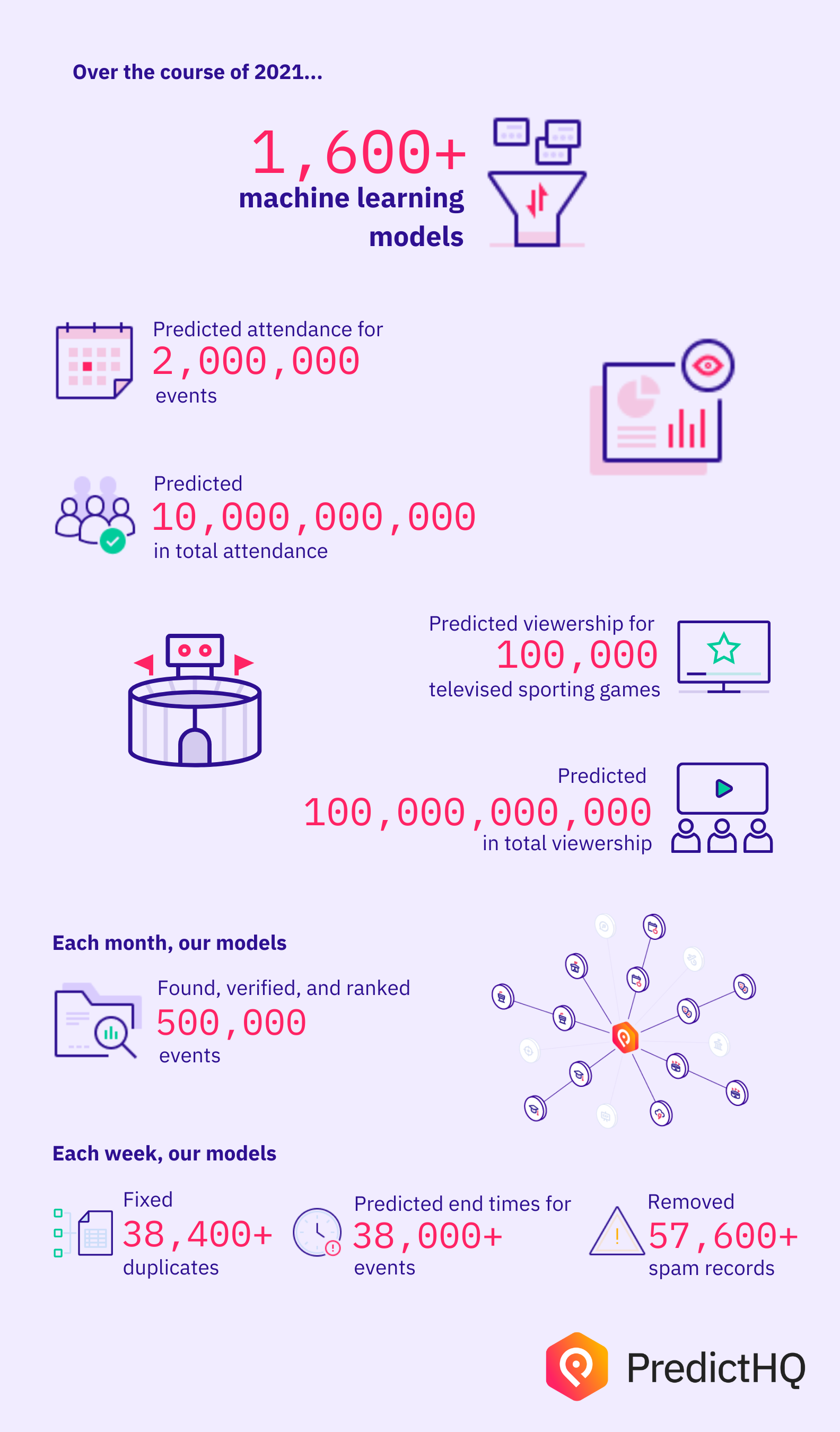The secret weapon making location intelligence smarter

The location intelligence market is expected to nearly double by 2026
Location intelligence is already making waves in 2022 with huge players in transportation and retail using it in countless ways to increase profits, streamline operations, and strengthen their customer bases. The location analytics market is projected to nearly double by the year 2026, with the rise of location data, analytics, and location-based applications being major catalysts for this growth spurt. But these location intelligence providers have an impending issue– a growing market that's only becoming more saturated, and more competitive with time.

As smaller fish in competitive industries venture into new datasets to inform their decisions, location intelligence platforms will need to set themselves apart.
It’s a race to develop location intelligence that meets as many business needs as possible for end users. With data scientists wasting 60% of their time clearing data sets; streamlining the collection, verification, and standardization of external data is one way to rise above the competition.
Let’s explore how location intelligence companies are using verified event data to enrich their dataset and supercharge their product offering.
Forecast-grade data is needed for optimal site selection
Location intelligence companies help their users better understand everything from consumer behavior, to important details about a particular location. In order to provide actionable insights, location intelligence providers need to ensure coverage for all impactful events taking place near their customers. Site selection has become significantly more complex with increased remote work influencing changes in...
consumer behavior in large cities
commercial rent costs
parking availability near these sites
and much more
For this reason, seemingly minor gaps in local data can be disastrous for customers who need reliable details about obscure, lesser known localities and events happening that could drastically change demand.
Event data is an additional data input that helps companies understand local demand profiles for each of the cities they currently operate in– and research where they want to place their next set of stores.
Contextual data such as local events paint a clear picture of demand (increased or decreased) for end users. With this level of insight your customers can make informed, confident decisions backed by accurate data– including exactly where to focus expansion efforts.
Data accuracy and standardization are essential elements of location intelligence
Dirty data is a leading barrier for data scientists with 49.4% reporting it as an issue. Historically, demand causal factors — such as events — have been messy and challenging to incorporate into forecasting models. Businesses that ingest event data like scheduled events, holidays, and natural disasters need accurate, standardized data to feed into their models.
That’s why we follow the Quality Standards for Processing Demand Causal Factors (QSPD), a robust set of requirements that benchmarks the quality of demand intelligence. QSPD provides guidelines to follow when assessing intelligent event data, and we use it to ensure our data meets each of its requirements:


Even the largest event data providers are severely lacking in quality
Working with one of the largest ticketing providers in the world, we compared our data sets for coverage and quality:

Demand intelligence– the missing puzzle piece for actionable location intelligence
Successful strategic decisions are fueled by accurate data. Event data is dynamic with constant changes to event status, attendance; and for unscheduled events, even the location of the event itself. Our pipeline consists of 1,600+ machine learning models that collect, enrich, verify, and rank events every minute of the day, so you don’t have to worry about it. Take a look at our stats from last year:

Give your end users a deeper understanding of their demand drivers with 19 categories of events that cover attendance-based, non-attendance-based, unscheduled, and live TV events across the entire globe:
Attendance-Based Scheduled Events
Non-Attendance-Based Scheduled Events
Unscheduled Events
Protests (Coming soon!)
Live TV Events
*PredictHQ is the only source of predicted live TV viewership.
Combine location intelligence with demand intelligence to unlock a powerful new level of insight with a focus on data quality, ease of delivery, and ease of use for your end users. Solve their ongoing challenge of accurate demand forecasting by integrating the world’s most trusted source of enriched event data. Talk to our data scientists today to join the ranks of location intelligence companies gaining a competitive edge in a growing market.






